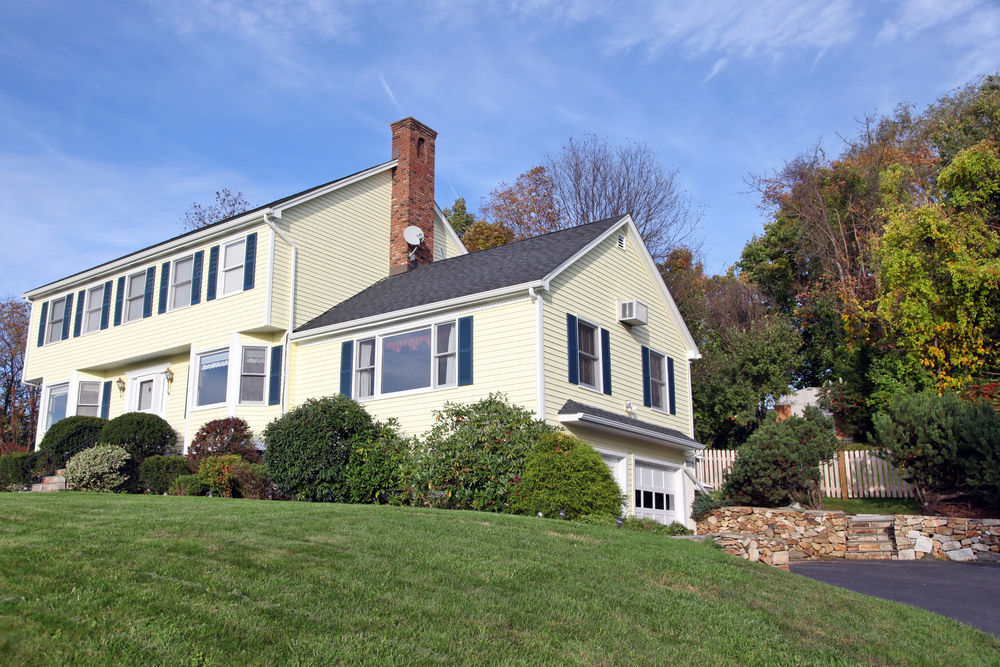
Ditch the red carpet Katharine Hepburn’s own personal stage was her home. As the world remembers the Hollywood icon, Hepburn herself commanded, “Life’s what’s important, walking, houses, family.” Her own Connecticut and New York sanctums, long hidden from view, show a life that was personal, hands-on, and softly subversive far from Tinseltown glittering anarchy.
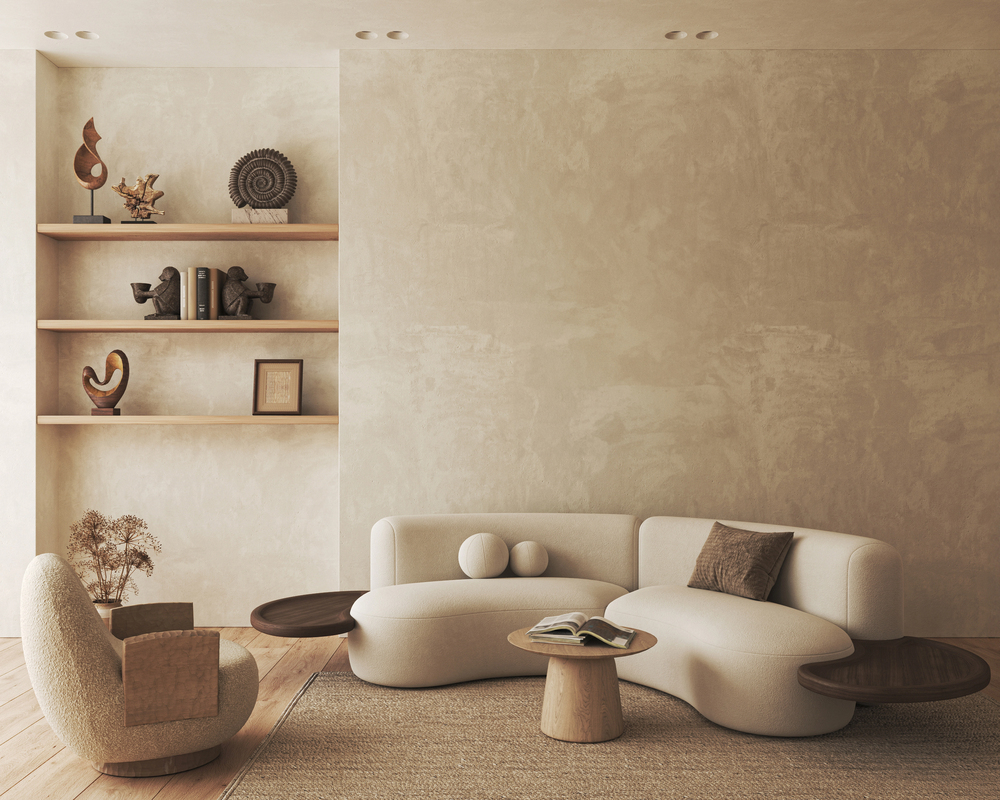
For Old Hollywood buffs and admirers of classic interiors, Hepburn’s home life is more than a nostalgia trip. It’s a masterclass in living true to oneself, with rooms that combine personal background, subtle opulence, and a touch of daring. Here’s a glimpse behind the velvet curtain into the actual residences and routines of a legend.
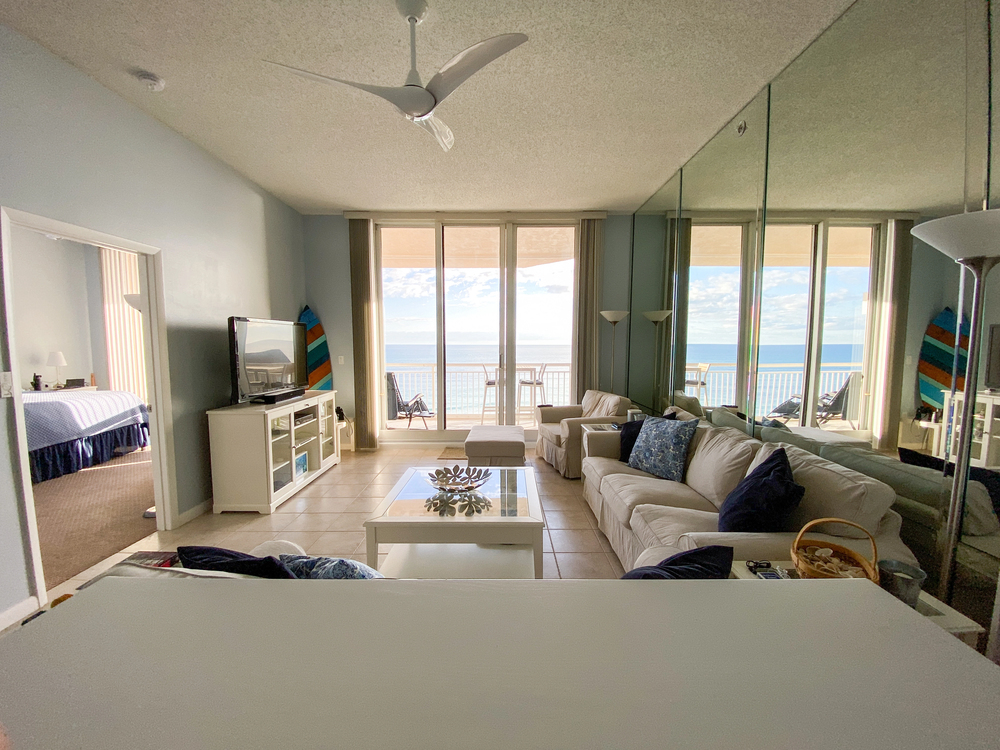
1. The Connecticut Waterfront Retreat That Defined Her Legacy
Hepburn’s Old Saybrook estate was not a retreat it was a living photo album of family heritage and personal achievement. Following a hurricane that destroyed the original cottage in 1938, the Hepburns rebuilt from the ground up, building a home that expanded with their family. The house, affectionately known as Fenwick, was a tribute to perseverance and unity. As per a recent restoration, the original details of the estate poured brick, pine-board fireplaces, and wall-to-wall water views have been saved with great care, and it remains a gem on the Long Island Sound. The home, now 8,300 square feet, is dubbed “priceless” due to the combination of history and natural scenery. For Hepburn, this wasn’t merely a house it was the center of her personal life, where she swam in the ocean late into her 80s and made brownies with her favorite secretary, Phyllis.
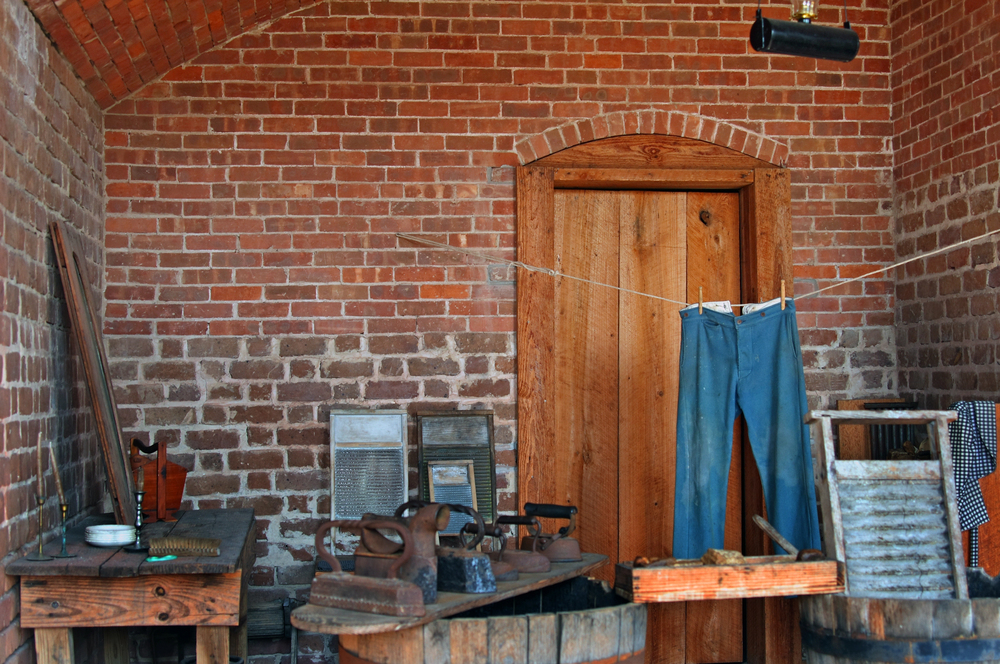
2. Androgynous Style, Even in the Laundry Room
Hepburn’s style at home was as revolutionary as it was on screen. Her signature look wide-legged trousers, crisp shirts, and an unapologetic refusal to conform extended to every corner of her domestic life. When Barbara Walters asked if she owned a skirt, Hepburn famously quipped, “I have one. I’ll wear it to your funeral.” Her laundry room, filled with simple yet structured pieces, became a symbol of self-expression and comfort. This fashion confidence was revolutionary in Old Hollywood, when women stars were supposed to stun in gowns. Hepburn’s home clothes conveyed a message plain as day: comfort and authenticity over passing trends. Her impact is still felt in fashion today, when androgynous chic is the staple on and off the runway.

3. Gardening as Self-Care and Connection
For Hepburn, gardening was not a hobby, but a ritual that grounded her in place and family. She reminisced about digging up bloodroot, lily of the valley, and columbine with her siblings on Sundays. The flowers were not merely ornamental; she’d dig them up and transplant them into her New York garden, establishing a living connection between her two lives. At her Turtle Bay Gardens townhouse, Hepburn was a common figure, sweeping the sidewalk or watering her plants. One of her neighbors once mistakenly assumed she was just another New Yorker until they caught sight of her “lovely pair of boots.” Her DIY style for outdoor spaces reflects current wellness trends, in which gardening is understood to be a therapeutic form of self-care and mindfulness. Hepburn’s gardens were not just lovely they were her refuge.
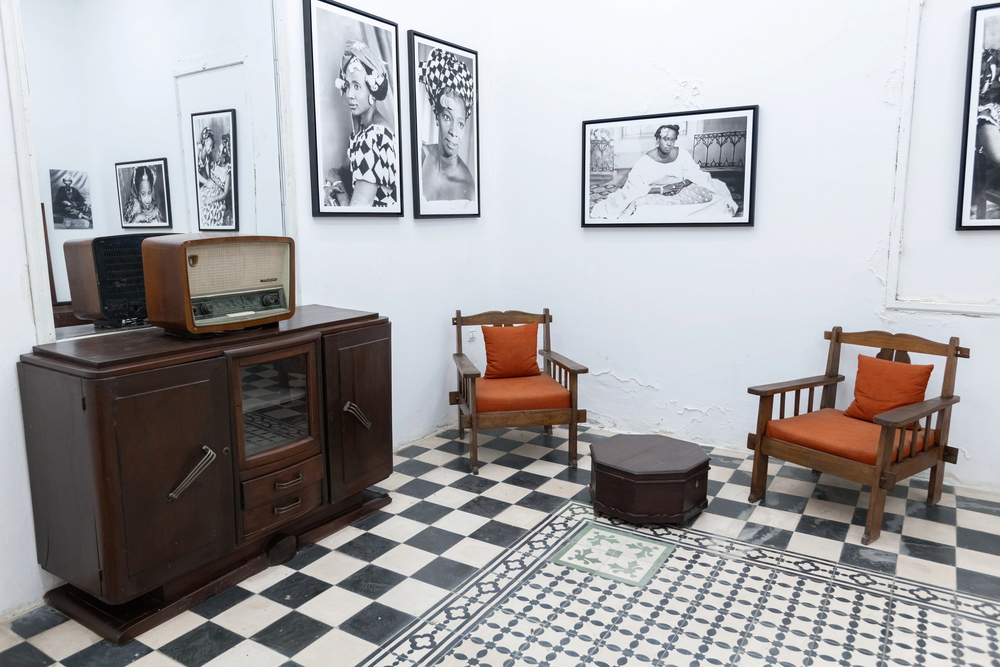
4. Eclectic Interiors and the Power of Personal Touches
Step inside Hepburn’s study and you’ll find a masterclass in mixing eras and textures. She paired antique Louis XV chairs with a favorite Victorian seat, layered Turkish kilims on the floor, and even repurposed a Zuni pottery jar as a lamp. The actress’s passion for fireplaces was the stuff of legend she put six into her New York townhouse, to the mild frustration of her neighbor, Stephen Sondheim. When her architect demurred at a further fireplace, Hepburn retorted, “Mr. Woolf, I believe your mother was a fireplace.” Her interiors were never concerned with perfection or fashion; they conveyed a life lived and a mind not daunted by the surprise. This design philosophy appeals to contemporary design enthusiasts who appreciate originality and the art of developing a collection of significant objects over time.

5. Privacy, Play, and the Delight of Simple Pleasures
Even though she was famous, Hepburn guardedly defended her time off. At Fenwick, she spent her days playing tennis, golfing, and swimming in the ocean year-round, famously asserting, “I swim all winter, so the season is never closed to me.” Her houses were refuges from Hollywood’s constant scrutiny, where she could relax in earnest. This dedication to privacy and recreation is a reminder that even the most glittering lives require room for rest and fun. Hepburn’s legacy is not about her movies it’s about how she constructed a life that centered on health, leisure activities, and substantial relationships. In an oversharing age, her example seems enviably contemporary.
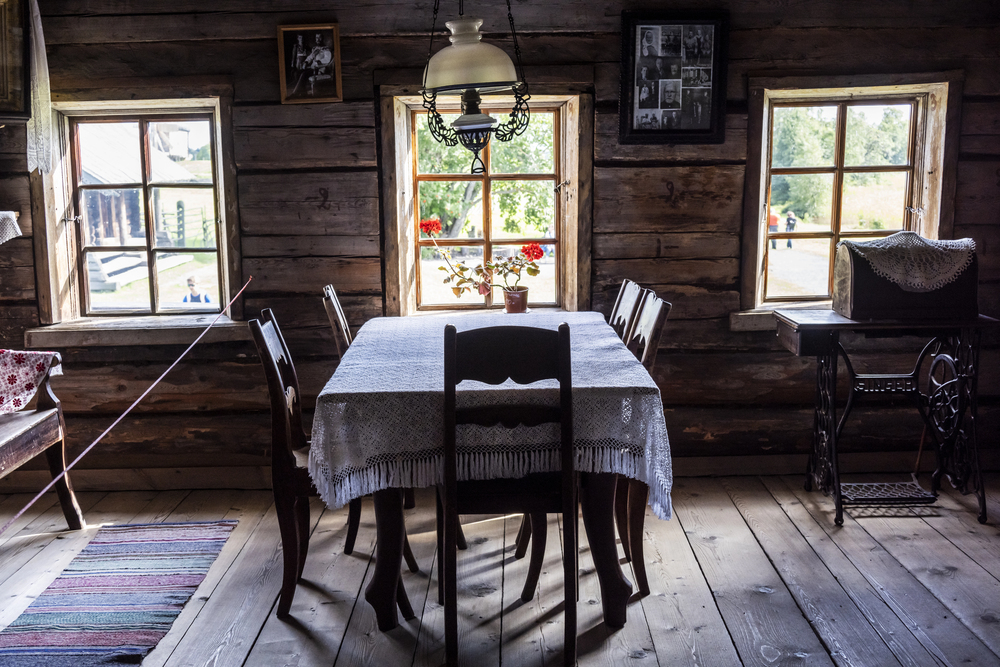
6. The Timeless Appeal of Old Hollywood Houses
Hepburn’s homes distinguish themselves even among the great houses of her era. While other stars chose over-the-top mansions, Hepburn’s selections betrayed an affection for coziness and personal past. As per design historians, the real magic of Old Hollywood houses is their uniqueness each being a reflection of the individual taste and values of its owner. Hepburn’s combination of classic architecture, lived-in comfort, and carefully chosen quirks offers a blue-print to anyone aiming to build a home that’s stylish and very personal.
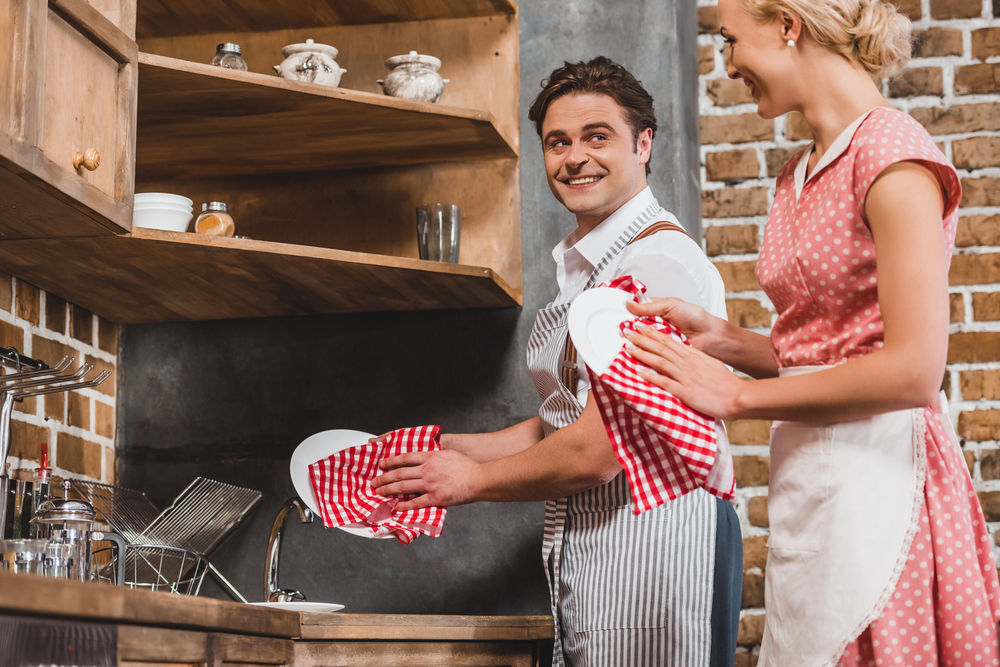
7. Kitchen Stories and Lifelong Friendships
The Fenwick kitchen was more than a venue for meals it was the source of laughter, baking, and long-standing friendship. Hepburn had a passion for brownies, requiring that they be “moist, not cakey.” Her secretary, Phyllis, was her “angel” and “right-hand man” for almost four decades, a reflection of the strong ties created in the shared rituals of daily life. When Phyllis died, she was buried in the Hepburn family plot a rare distinction that says a lot about their bond. These kitchen tales remind us that the center of any house is the relationships it fosters.

8. A Life Lived on Her Own Terms
Hepburn’s houses were not mere backdrops they were contributing actors to her narrative. Whether snow-shoveling in Manhattan or inviting quiet nights by the fire, each aspect exemplified her fiercely independent nature. Her affair with Spencer Tracy, hands-on maintenance policy, and refusal to be guided by fame all point to a life chosen with purpose. According to her own words, acting was merely “waiting for a custard pie” it was the little pleasures of home that were most important.
Katharine Hepburn’s home life is a blueprint for living sincerely and beautifully, regardless of the period. Her houses, which are so full of personality and warmth, teach us that real glamour has nothing to do with perfection it’s about designing spaces that are an extension of ourselves and our passions. For those looking for inspiration from Old Hollywood, Hepburn’s legacy reminds us that the best stories always take place behind closed doors, where the true magic of life occurs.


